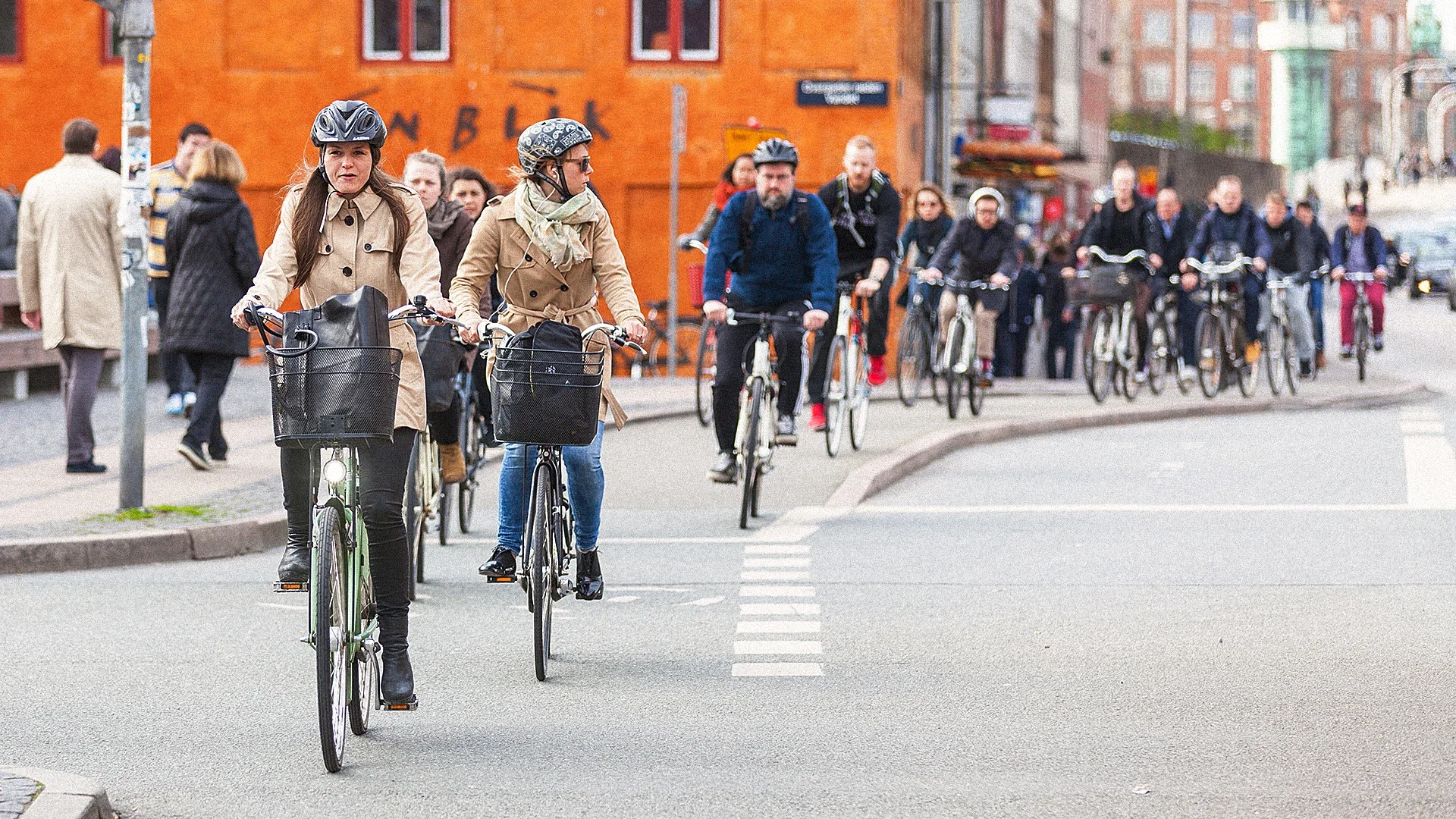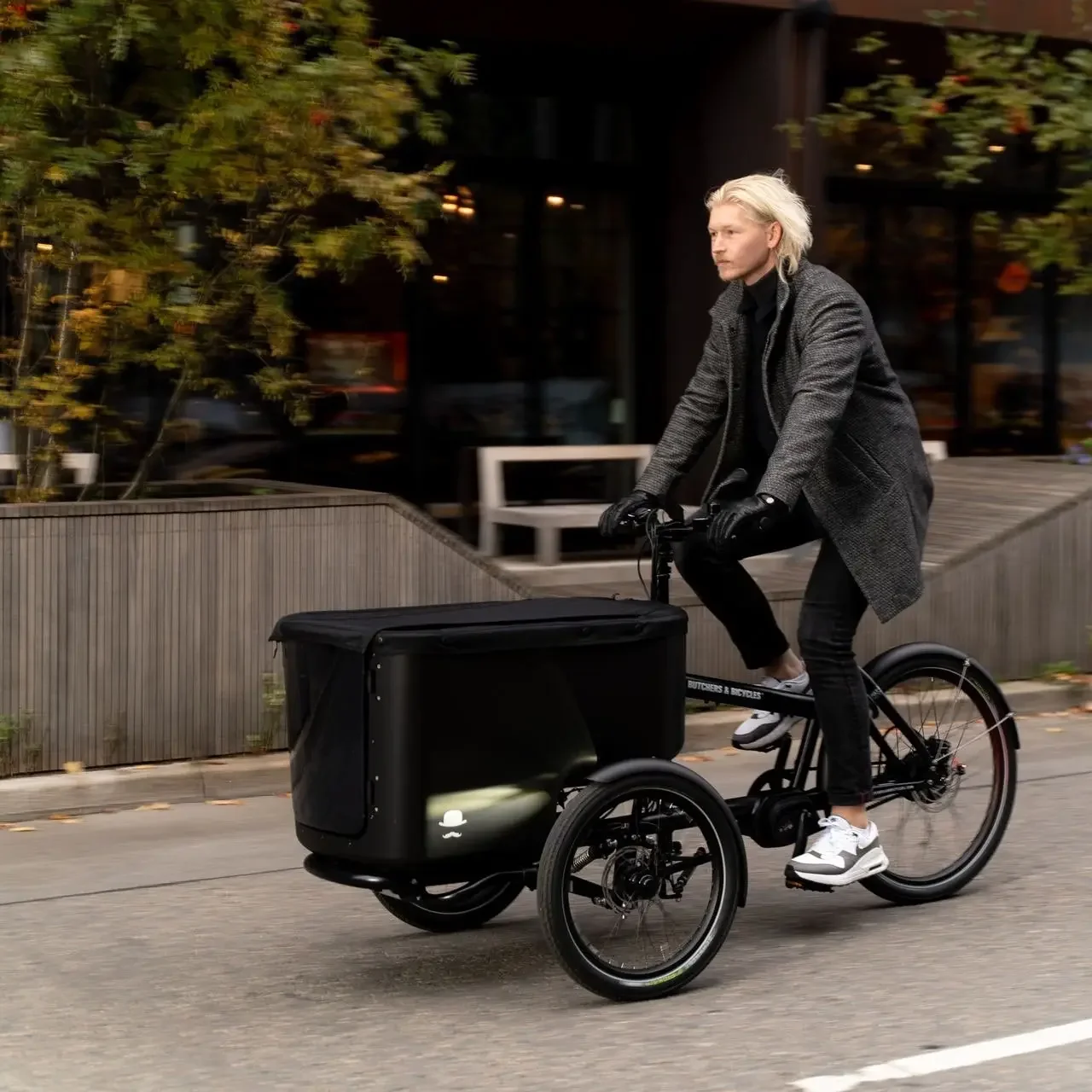Copenhagen week 1
One of my first adventures was a free guided walking tour, the kind where you pay in tips if you liked it. My guide was a young Danish man who splits his time between guiding and doing stand-up comedy. He immediately set the tone by roasting every single one of the 30 people in our group from 15 different countries. I said I was from Boston. Without missing a beat, he grinned and said, “Ah, Boston… where all the Irish are drunk on the street.” Then to a tourist from Turkey: “Congrats on electing a dictator democratically. What a job!” He did that for every single country, or every single state in the case of the US. Impressive.
The tour wasn’t just jokes, though. He also explained the Danish social safety net, which is as robust as it is popular. Everything you buy comes with a 25% VAT. Income tax can be over 50%. Cars are taxed at about 150%, which explains the sea of bicycles. In return, college is free, childcare is heavily subsidized, healthcare is universal (though dental costs extra), and unemployment benefits are generous, up to 90% of your previous salary for a while, with a monthly cap around $3,900 for the first three months. Even Bernie or Mamdani would look like a fiscal conservative here. But this only works because people actually trust the system: they work, they pay their taxes, and they don’t spend their days trying to game the benefits.I still don’t fully understand how they avoid the “free rider” problem. Sure, it helps that people have a great worklife balance, six weeks of guaranteed vacation, and childcare provided. That alone would keep a lot of us showing up. But I suspect the real secret runs deeper than that.
We also walked past a statue of Hans Christian Andersen. My guide said everyone loves his stories, but in real life, he could be hard to be around — awkward, lonely, and maybe a little self-absorbed. The Little Match Girl was brought up as an example: beautiful writing, but heartbreakingly dark.
Another unexpected nugget: Bluetooth technology is named after a 10th-century Danish king, Harald “Bluetooth” Gormsson. He was famous for uniting Denmark and Norway. The idea was that Bluetooth technology “unites” devices the way Harald united kingdoms.
At one point, our guide led us to the harbor — the colorful row of buildings you see on every Copenhagen postcard and guidebook cover. It’s the kind of place you feel obligated to photograph, and he knew it. “Take your photo,” he said, “and then keep walking. Don’t ever stop here.” He explained that the cafés along this stretch have the audacity to charge $15 for a coffee. I didn’t test it, but judging from the number of tourists sipping lattes there, business is booming.
Around noon, we stopped in front of the royal palace to watch the changing of the guard. Our guide, ever the truth-teller, warned us: “Prepare to be disappointed. This is the second-biggest disappointment in Copenhagen.” He wasn’t wrong. A few uniformed guards marched. It was actually quite similar to the guard change in front of Duksoo palace in Seoul. The biggest disappointment in Copenhagen, he said, was the Little Mermaid statue. “I have no idea why so many people go to see that tiny statue,” he shrugged. “And for some reason, most of the visitors are Chinese.” I decided to take his word for it and save myself the trouble.
History came alive in smaller moments, too. I learned that Denmark, Norway, and Sweden were once united under the Kalmar Union (1397–1523). Later, Denmark and Norway stayed joined for over four centuries, until Denmark backed Napoleon in the early 1800s. When Napoleon lost, the Treaty of Kiel in 1814 forced Denmark to give Norway to Sweden. They did, however, keep Iceland, Greenland, and the Faroe Islands. Scandinavian history is basically one long family drama with custody battles.
My Danish instructor, Peter, told me to skip the taxi and take the subway when I landed in Copenhagen even with my big luggage. He joked that a taxi to the airport can cost more than a plane ticket to Spain, and I didn’t feel like testing that theory. He also explained that Denmark’s public transportation runs on an honor system: no turnstiles, no ticket gates. I’d seen this before in Munich, where I lived for three months without a single ticket inspection. Copenhagen, however, welcomed me with two surprise inspections on my very first ride from the airport to my Airbnb. So yes, it’s an honor system… but with pop quizzes.
Here, tickets are based on zones, not the type of transport. Everything, bus, subway, regional train, is covered by one system called DOT. You buy a ticket for the right zone (there’s an app for that), and for the duration of that ticket, you can hop on and off anything, go anywhere, even make a return trip if you’re quick enough. Boston and Seoul, by contrast, charge you per ride and per mode of transport. I have to admit, Copenhagen’s way feels a lot more customer-friendly.
My own first three days in Copenhagen were their own kind of mixed bag. I had this strange cocktail of feelings: loneliness at night, exhaustion from jetlag, nervousness about what the next three weeks would bring, and excitement for the unknown. Not quite good, not quite bad. Maybe I’ll need to invent a new word for it, like “melanchappy.”
One night, I sat at a wine bar and struck up a conversation with a woman from Iceland. She was spending the summer here. She’s also done similar long-term living in Rome and Paris in past years. Her four daughters are grown, and sometimes join her for part of the trip. She told me that in Iceland, the standard workweek is 30 hours, six hours a day. I asked if that was just her company’s policy. She said no, it’s national. I said, “Then you must all be incredibly productive.” She said, “We are.”
The bikes here deserve their own chapter. Everyone rides, not just fitness fanatics, but people in suits, skirts, or hauling kids. There are wide, dedicated bike lanes everywhere, and you quickly learn as a pedestrian to look both ways twice. Many bikes have a big cargo box in front — the Copenhagen equivalent of a minivan.
I’ve tried using bits of Danish in shops and cafés, but everyone switches to English immediately. Danes are famously among the best non-native English speakers in the world, and honestly, most of them speak it better than the average American.
Working based on US Eastern hours actually fits nicely. My mornings are free, and my first call is at 2 p.m. local time. The latest I’ve worked here was until 10 p.m., but it still feels balanced. In between, I found an incredible little wine shop that sells only Austrian wines. The owner fell in love with Austrian wine on a ski trip, met a famous winemaker, Loimer, there, and started importing. Their selection here is bigger than anything I’ve seen in Massachusetts or even online in the US.
Socially, it’s been quiet. Aside from the wine-bar conversation and my chats with the Austrian wine shop owner, most of my interactions have been purely transactional. But working in the afternoons and evenings has given me structure and kept me connected.
Prices here take some getting used to:
Subway ride (city center zone2): about $3.70
Drip coffee: ~$5–$9
Tap water at a restaurant: $4.50 (yes, for water)
Tip: $0
Foreign credit card fee: around 5% if you choose USD instead of DKK (always choose DKK).








